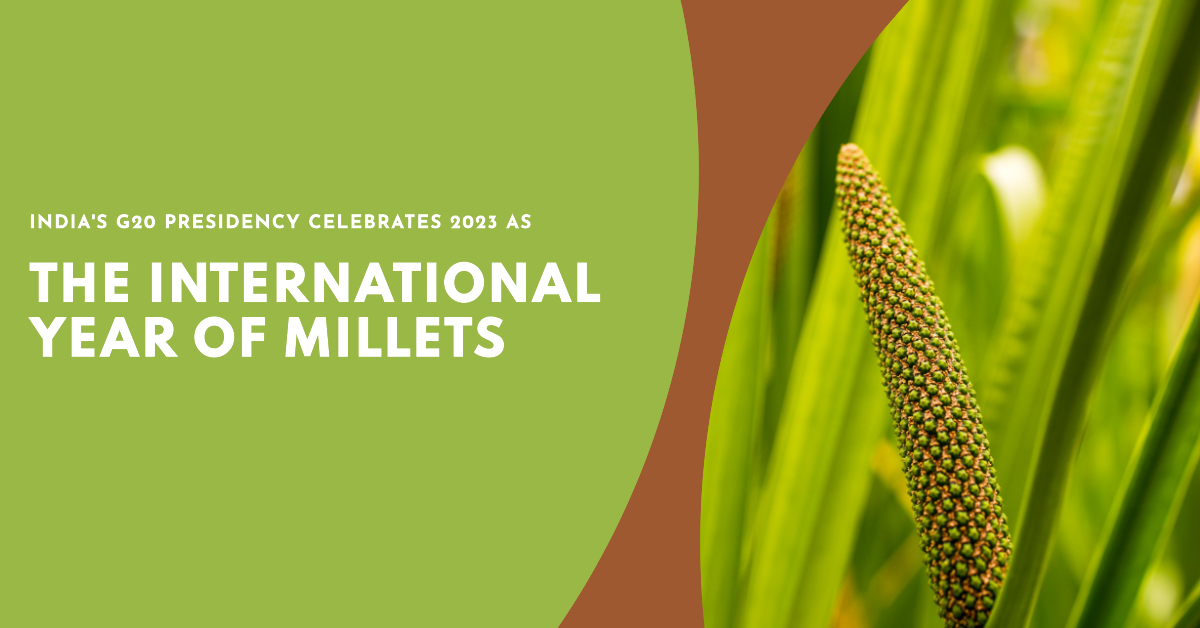You might have been hearing a lot of buzz about ‘millets’ and their benefits lately as India celebrates 2023 as International Year of Millets. With India hosting the annual G20 Summit, this comes as no surprise that the mainstream conversations are all revolving around these grains. Millets are a food group of small-seeded grains that are also known as ‘nutricereals’.
Types of millets in India
This food group includes various types of grains such as:
Pearl millet (Bajra)
Finger millet (Ragi)
Foxtail millet (Kangni/ Kakum)
Sorghum (Jowar)
Barnyard millet (Sanwa)
Amaranth (Rajgira/ Ramdana)
Little Millet (Suan/Samai)
Proso Millet (Panivaragu/ Barri)
Kodo Millet (Varagu/ Kodra)
Buckwheat (Kuttu)
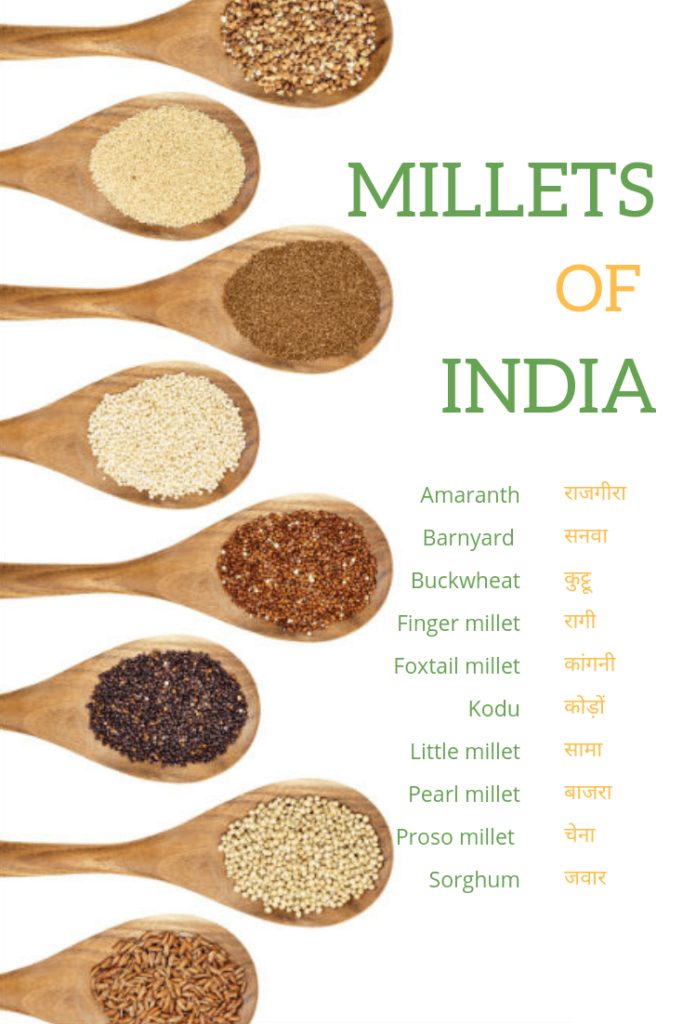
Now, how are millets related to an international summit that focuses on the strengthening of economic prospects amongst some of the largest developing countries in the world? As the host of the G20 Summit 2023 and with a nod from the United Nations, India has declared the year 2023 as the International Year of Millets. Over 72 countries supported this declaration with the view of IYM 2023 objective to boost social awareness about nutri-cereals and ensure better food security. While it may seem like it, this is not the first time that the Indian government has attempted to raise the popularity of millets. In 2018, the Indian government declared 2018 as the National Year of Millets and rebranded millets as ‘Nutri Cereals’.
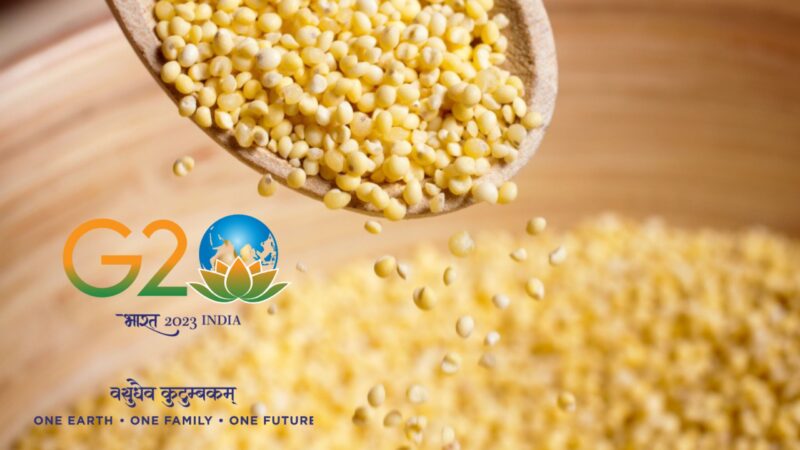
However, this year’s preparations are unlike anything this country has witnessed so far. Various central ministries have kickstarted their plans already with 15 activities that took place over 15 days in January that revolve around engaging with nutritionists, fitness experts, dieticians, elite athletes, and more. Various organizations have recorded various webinars and video messages to lead the conversation about the potential of millets in revolutionizing the Indian food system.
Actions by Government for IYM
On a more grass roots level, the Indian government has taken on the task to carry out sensitisation programmes that promote the IYM through millet-centric activities such as food festivals, melas, farmer trainings, workshops, placement of distributive and promotion-oriented hubs in key locations in each Indian State, and more. So far, the states of Chhattisgarh, Mizoram, Rajasthan, Uttarakhand, Maharashtra and Punjab have commenced their efforts in materialising the Indian government’s vision for 2023, the International Year of Millets.
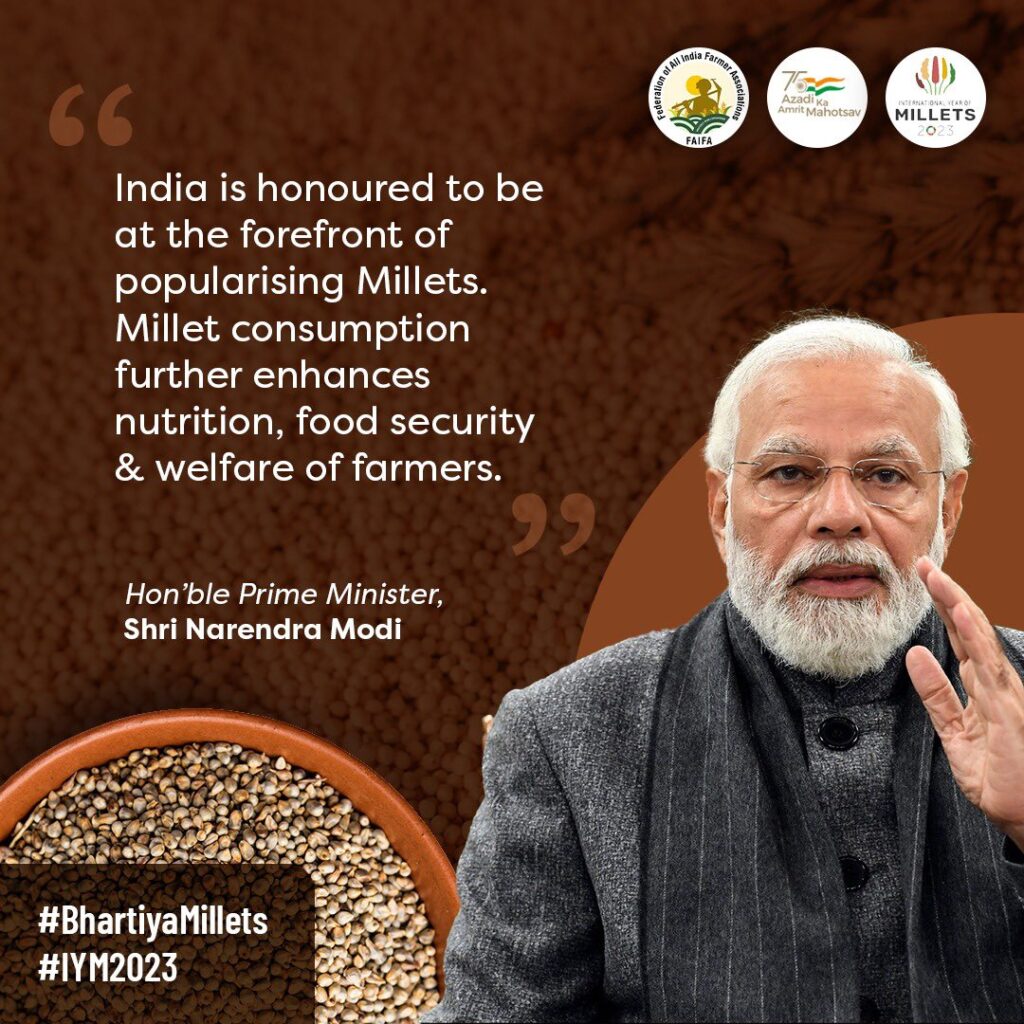
Health Benefits of Millets
While the Indian government attempts to incorporate more consumption of millets into the mainstream food system of the country, it is also our duty to listen, research, and then carefully form opinions. Millet is considered the sixth most important cereal grain in the world- owing to its various nutritional values. It is a great source of gluten-free protein, fibre, and micronutrients that help in a plethora of health issues that the Indian population continues to struggle with making it a healthier alternative to rice and wheat.
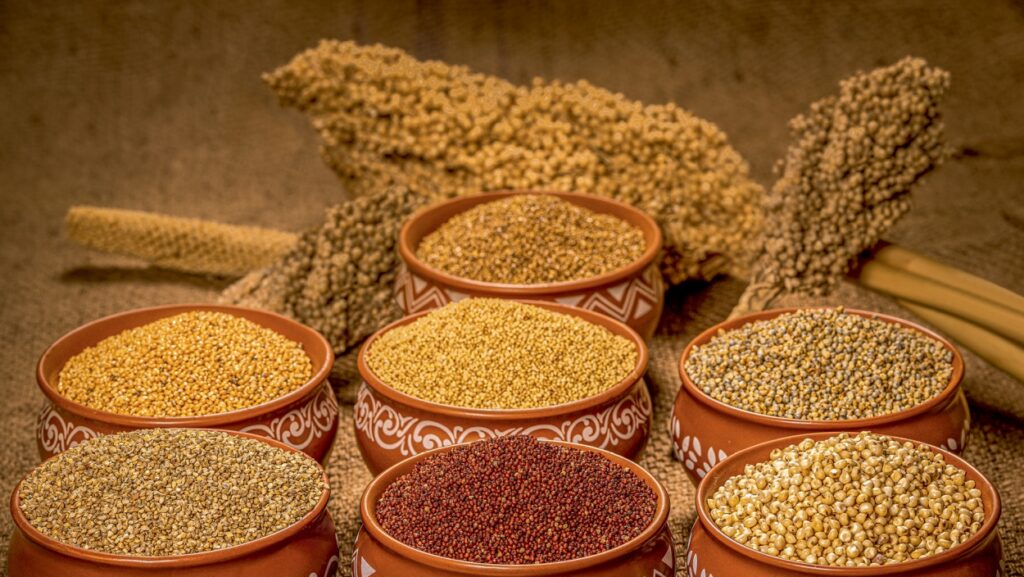
The fiber present in millet can act as a catalyst for the strengthening of your immune system as it works to ensure gut health through regular bowel movements. Millet also contains probiotics that help in the growth of probiotics present in the microbiome that further helps in managing obesity and weight issues. Furthermore, research has proven that millets play an important role in providing support to the human cardiovascular system. With its vitamin B3, it reduces various symptoms of heart disease such as increased levels of cholesterol, high BMI, and more.
The amino acid found in the crop is helpful in improving an individual’s mood. A 2014 research from the National Library of Medicine has found diets that are rich in tryptophan can reduce depression and anxiety related symptoms. The usage of millet in our daily diets can also deal with oxidative stress and provide a source of vitamin B3 for the body to consume.
How will Millets Revolutionize the Food System?
With millets being a kharif crop, that is essentially a low-maintainence crop, its potential in helping India reach its UN Sustainable Development Goals of building a resilient food system is high.
Millets can grow in low-fertility lands which indicates a significant reduction in the usage of chemical fertilisers that contribute to the erosion of soil and create a domino effect on the environment. Moreover, millets have a shorter harvest time as they mature in almost half the time that crops like rice and wheat take. With the soil requirements for growing millets being on the low, affordable side, large portions of the population can take up millet-farming without large financial investments-making it a sustainable career option as well.
The massive decrease in need of water supply to irrigate millets farms is One of the biggest advantages of shifting major production to millets. This is good news as India’s biggest agricultural challenge lies in the large depletion of water for agricultural and livestock purposes. The Central Water Commission has recorded 85.3% of water consumption in India to be utilised for the purpose of agriculture. Govt. has preserved Economic funds to allocate to more important areas- making millets a revolutioniser that will positively impact other sections of society beyond the food system’s reach.
Rising veganism trend
With the prioritisation of millets and Indian government’s efforts in boosting its consumption popularity, the country is building its food system back up from the ground. However, India’s agenda of pushing the production of millets forward can also transform the global food system. With the rise of vegetarianism and veganism, the reliance on plant-based products can take on a sustainable trend of incorporating millets which can boost the economies of smaller countries without as much consumption of additional resources like finances, water, soil, etc. After the global pandemic, climate crisis, and international frictions pushing various food systems into extreme poverty and malnutrition, the need for a healthy, affordable option within the Indian food system is significant. Millets have the potential to be the base of a strong sustainable food system for any country that wants to prioritise sustainability in their core models.
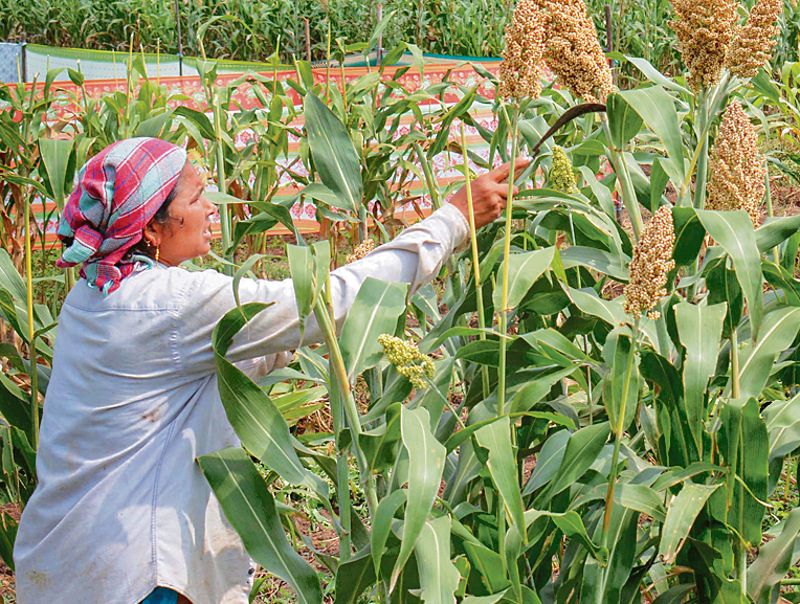
Conclusion
From the advent of the Indian government’s realisation of the importance of millets to its propagation of increased millet-dependency to revolutionise the global food system, it is no surprise that millets are garnering large amounts of attention this year. The sustainability quotients of the hyperdrive of production of millets is impressive as the single crop holds the potential to address and reform important agricultural issues, critical environmental issues, and save large amounts of resources that can be utilised to build other necessary infrastructure.
Furthermore, this provides an economic opportunity to poorer countries in the world as millet production requires very little capital and resources, and a source of millets to the developed countries that are focused on other developmental races that cannot be resigned from. We are bearing the witness of India’s legacy upon the global developmental processes with the announcement of 2023 as the International Year of the Millets, however, we are also an important part of this revolution as we are the consumers who can change the tides of sustainability trends present in the market currently.

